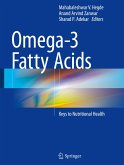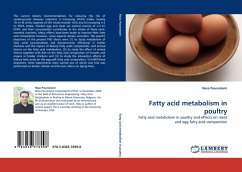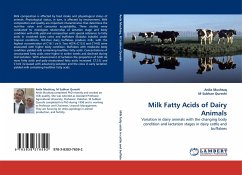Please note that the content of this book primarily consists of articles available from Wikipedia or other free sources online. n 6 fatty acids (popularly referred to as 6 fatty acids or omega-6 fatty acids) are a family of unsaturated fatty acids that have in common a final carbon carbon double bond in the n 6 position, that is, the sixth bond, counting from the end opposite the carboxyl group. The biological effects of the n 6 fatty acids are largely mediated by their conversion to n-6 eicosanoids that bind to diverse receptors found in every tissue of the body. The conversion of tissue arachidonic acid (20:4n-6) to n-6 prostaglandin and n-6 leukotriene hormones provides many targets for pharmaceutical drug development and treatment to diminish excessive n-6 actions in atherosclerosis, asthma, arthritis, vascular disease, thrombosis, immune-inflammatory processes, and tumor proliferation.
Bitte wählen Sie Ihr Anliegen aus.
Rechnungen
Retourenschein anfordern
Bestellstatus
Storno








